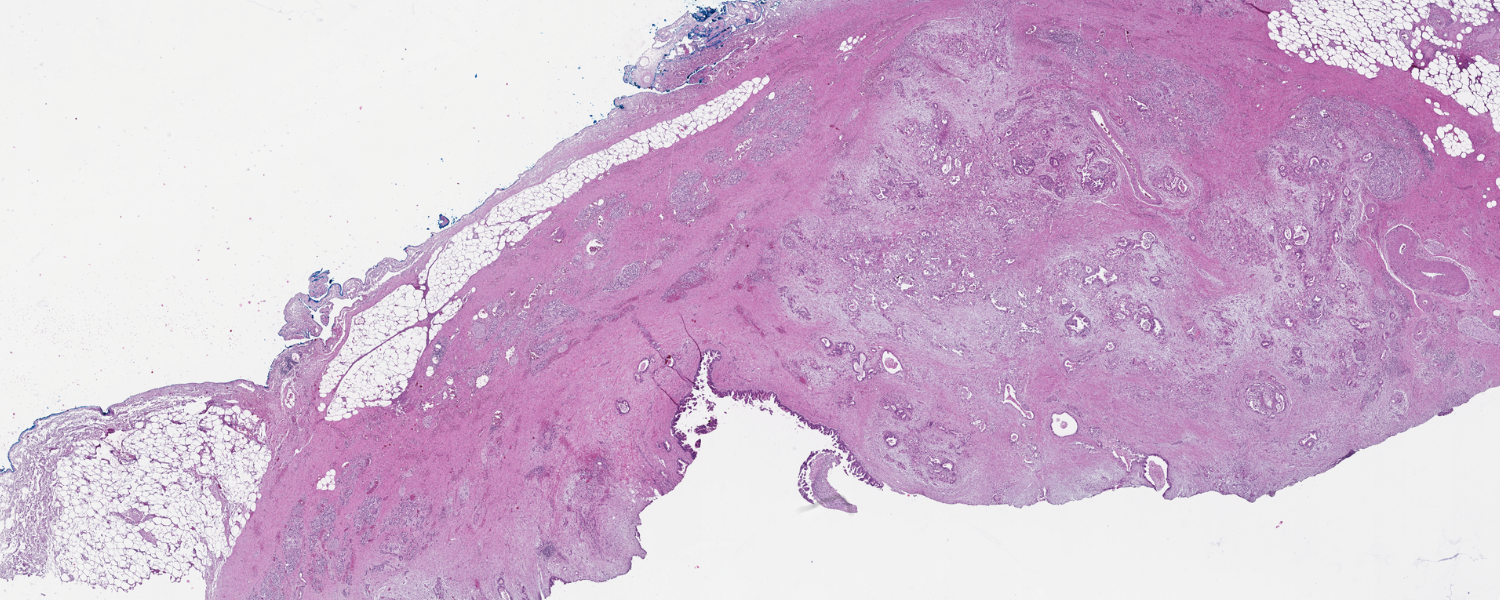‘Sugar’ signatures help identify and classify pancreatic cancer cell subtypes
April 9, 2025

GRAND RAPIDS, Mich. (April 9, 2025) — Van Andel Institute scientists and collaborators have developed a new method for identifying and classifying pancreatic cancer cell subtypes based on sugars found on the outside of cancer cells.
These sugars, called glycans, help cells recognize and communicate with each other. They also act as a cellular “signature,” with each subtype of pancreatic cancer cell possessing a different composition of glycans.

The new method, multiplexed glycan immunofluorescence, combines specialized software and imaging techniques to pinpoint the exact mix of pancreatic cancer cells that comprise tumors. In the future, this information may aid in earlier, more precise diagnosis.
The method was described in the journal Science Advances.
Pancreatic cancer often does not cause noticeable symptoms in its early stages. As a result, only 15% of pancreatic cancers are found in time to allow for surgical removal. To make things more complicated, pancreatic tumors can include many different subtypes of malignant cells, each of which respond differently to treatment.
“Our new method allows us to go one step beyond cancer diagnosis by revealing which subtypes of pancreatic cancer cells make up a tumor. The more we know about which cells are present, the better physicians can tailor treatments for each patient,” said Brian Haab, Ph.D., a VAI professor and corresponding author of the study.
The glycan signatures were identified by analyzing tumor tissue. The research team then refined their approach to detect glycans secreted into the blood by cancer cells. This is important, Haab said, because blood tests are easier on patients — they are far quicker, cheaper and less invasive than surgery.
Learn more about research in the Haab Lab ➔
The method is not yet available for use in clinical labs, but Haab is hopeful that in the next few years, it could become a standard step in pancreatic cancer diagnosis. In the meantime, the team continues to validate their method and search for signatures of rarer cell types. They’re also exploring if it can be used to better detect and characterize other gastrointestinal cancers.
Braelyn Binkowski and Zachary Klamer, M.S., of VAI are co-first authors of the study. Other authors include ChongFeng Gao, Ph.D., Ben Staal, M.S., Anna Rapesh, Hoang-Le Tran, David M. Brass, Ph.D., and Galen Hostetter, M.D., of VAI; Pamela Bartlett and J. Bradley Morrow, M.D., of Trinity Health; Steven Gallinger, M.D., M.Sc., FRCSC, of the University Health Network and University of Toronto; Maria Blomqvist, Ph.D., of the University of Gothenburg and Sahlgrenska University Hospital; Peter Allen, M.D., and Chanjuan Shi, M.D., Ph.D., of Duke University School of Medicine; Aatur Singhi, M.D., Ph.D., and Randall Brand, M.D., of University of Pittsburgh Medical Center; and Ying Huang, Ph.D., of Fred Hutch Cancer Center.
Research reported in this publication was supported by the National Cancer Institute of the National Institutes of Health under award nos. U01CA226158 (Haab and Brand), U01CA152653 (Haab, Brand and Allen), and U01CA200466 (Brand and Batra). The content is solely the responsibility of the authors and does not necessarily represent the official views of the National Institutes of Health.
Image caption: Scientists like Dr. Brian Haab and his collaborators use tissue from pancreatic tumors, pictured above, to identify glycan signatures related to cancer.
